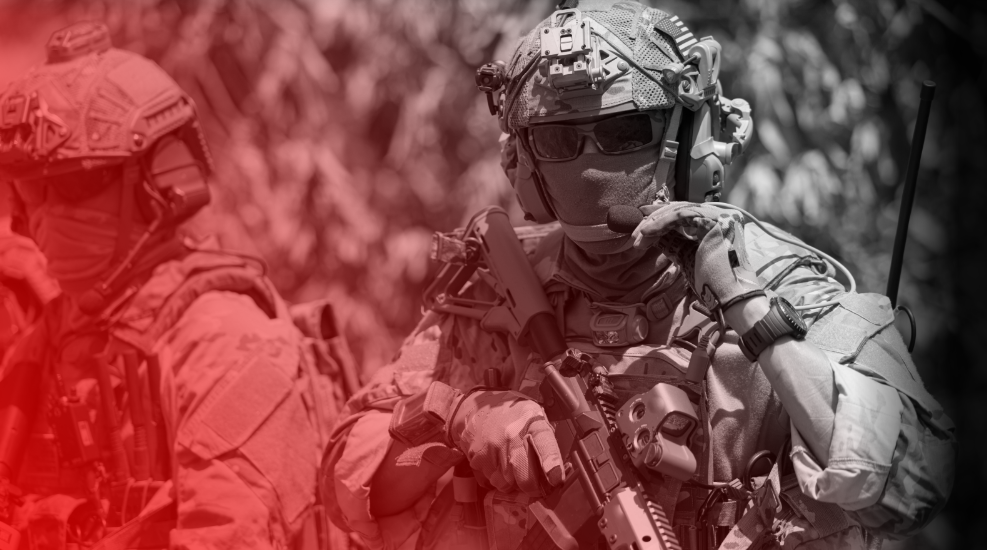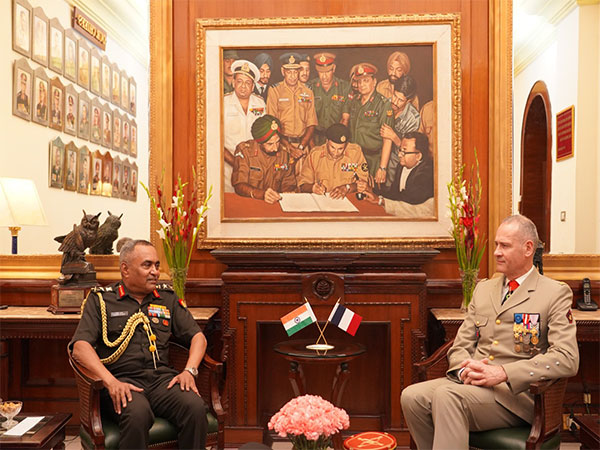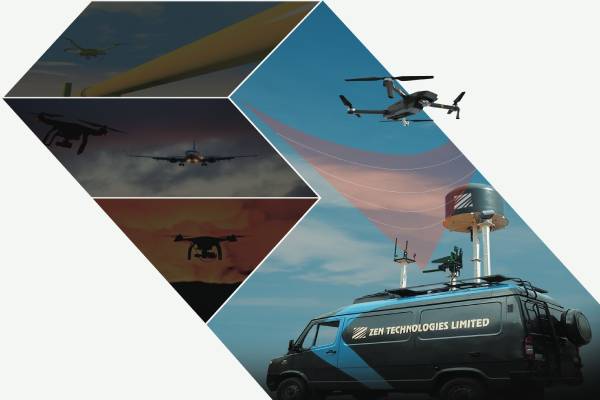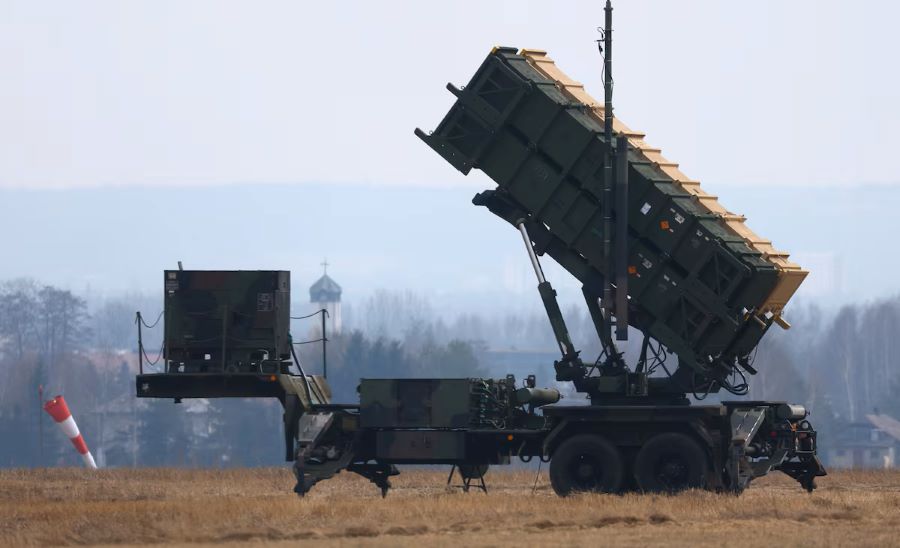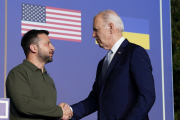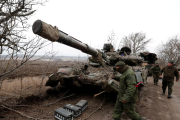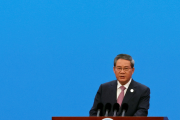Why is it important to understand Hybrid Warfare?
Understanding Hybrid Warfare is important because it has become more common in recent conflicts; even the Russia-Ukraine war. The situation has reached a stalemate with both sides fighting a typical trench warfare battle. Studying modern warfare strategies, including Hybrid Warfare, helps us prepare for future changes and adapt to shifting landscapes in warfare.
Hybrid Warfare denotes a sophisticated, dynamic, and non-linear method of conflict engagement. It encompasses the integration of diverse tactics, techniques, and tools, including conventional warfare, irregular warfare, and cyber warfare, as well as elements of political, economic, informational, and psychological warfare. Despite the absence of a universally accepted definition, experts worldwide acknowledge Hybrid Warfare as a substantial challenge to global security, as both state and non-state actors increasingly adopt such strategies to accomplish their objectives.
Hybrid Warfare’s origin can be traced back to the Cold War when the Soviet Union used a blend of conventional and unconventional methods to undermine and influence its opponents. The term Hybrid Warfare was first coined by Frank G. Hoffman in 2006 and it gained prominence during Russia’s involvement in the Georgian conflict in 2008. Since then, it has evolved and spread, with different parties adapting and utilising it in diverse situations and contexts.
How is it different from 4GW?
Fourth-generation warfare (4GW) emerged in the late 20th century, it is a blend of conventional and unconventional methods, emphasising non-linear, decentralised, and complex operations. In 4GW, the population often serves as the battlefield, with a focus on winning public support through irregular forces, guerrilla tactics, and information operations to fulfil strategic objectives in contrast to Hybrid Warfare, which combines conventional, irregular, and cyber warfare methods. It is characterised by the integration of tactics such as propaganda, disinformation, political subversion, cyber-attacks, and traditional military operations. The primary objective of Hybrid Warfare is to exploit the vulnerabilities of the targeted state or society through a mix of covert and overt actions, ultimately achieving strategic objectives.
How is it different from Compound Warfare?
Compound Warfare integrates traditional military tactics with irregular warfare techniques, such as guerrilla warfare and psychological operations, aiming to achieve military objectives through a combination of conventional and unconventional methods. Hybrid Warfare, however, is a more intricate strategy that combines military, political, economic, informational, and social aspects. It involves both conventional and unconventional methods, with a stronger focus on non-military means, often encompassing cyber warfare, propaganda, and political subversion, to destabilise an opponent’s government, economy, and society.
How Is It Different From Unrestricted Warfare?
In the rapidly evolving landscape of global conflicts, modern strategists are increasingly adopting complex strategies that involve a combination of conventional tools and unconventional methods. The Chinese unrestricted warfare is a concept introduced in a 1999 book by two Chinese Colonels, Qiao Liang and Wang Xiangsui. It analyses the evolving nature of warfare in the modern era, where conflicts are no longer confined to traditional military engagements between nations. Instead, they encompass a wide range of tools, tactics, and actors, including non-state actors, economic, political, and psychological means, as well as cyber and space domains.
How is it different from Grey Zone Warfare?
Grey zone warfare refers to a type of conflict that falls between traditional warfare and peace. It involves the use of ambiguous, indirect, and coercive measures short of open military aggression. The term was coined by the US Department of Defence in 2014 to describe the complex and ambiguous nature of contemporary conflicts. Grey zone warfare includes activities such as cyber-attacks, economic pressure, disinformation campaigns, and proxy wars. Its primary goal is to exploit the ambiguity of the situation to gain an advantage over an adversary without resorting to conventional war. Hybrid Warfare, on the other hand, is a broader concept that targets the adversary’s vulnerabilities and exploits weaknesses. While Grey zone warfare focuses on indirect, coercive measures, Hybrid Warfare employs a more comprehensive approach that integrates various tactics to achieve strategic goals. Both state and non-state actors have used these types of ambiguous warfare which allows them to utilise the non-military tools primarily, and fall back an hard military methods, if required.
The key difference between the two lies in their scope and intent. Grey zone warfare is more limited in nature, aiming to create uncertainty and pressure without resorting to full-scale conflict. On the other side Hybrid Warfare is more comprehensive and aggressive, seeking to achieve strategic objectives through various combinations. Both Grey zone warfare and Hybrid Warfare have proven effective in achieving strategic objectives. They allow states and non-state actors to exert influence and pressure on adversaries without risking the high costs and potential backlash associated with traditional warfare. By employing these tactics, nations can maintain plausible deniability, making it difficult for their opponents to respond effectively. Furthermore, these strategies can be tailored to suit specific circumstances and objectives, making them versatile tools in the modern conflict landscape.
How is it different from Guerrilla Warfare?
Hybrid and guerrilla warfare are distinct yet interconnected forms of conflict. Both involve unconventional tactics but differ in objectives, methods, and implications. Hybrid Warfare is a complex blend of techniques, employing cyber warfare, psyops, proxy forces, economic warfare, and political subversion. Guerrilla warfare, in contrast, relies on hit-and-run tactics and local support, focusing on weakening enemy morale and disrupting supply lines. Key aspects include mobility, ambushes, local support, improvised weapons, and high motivation.
–Punit Shyam Gore




